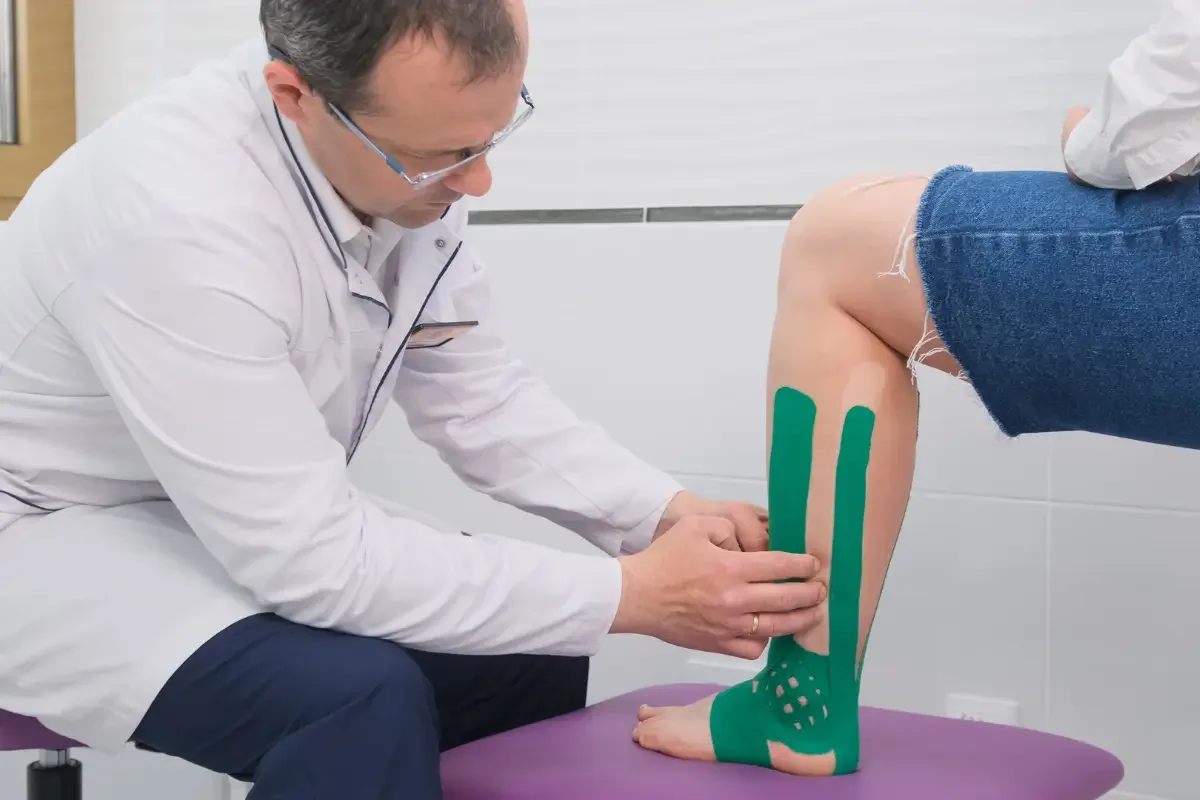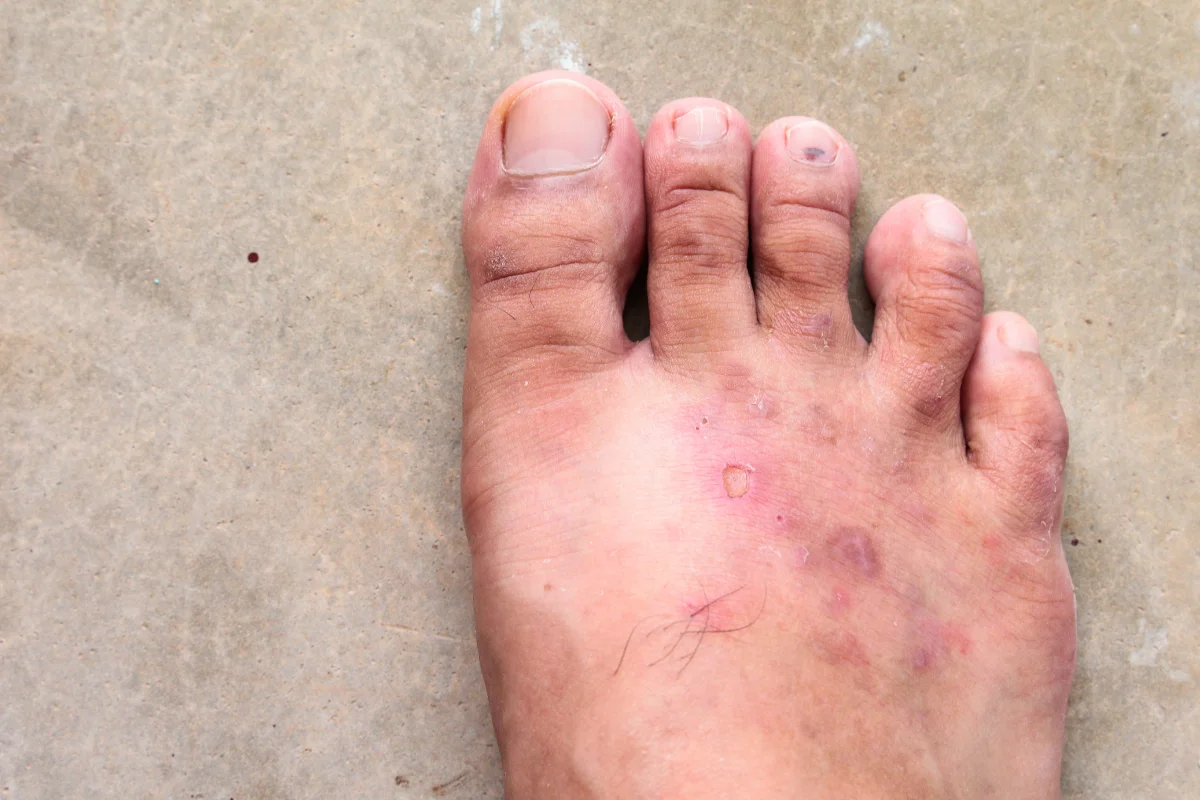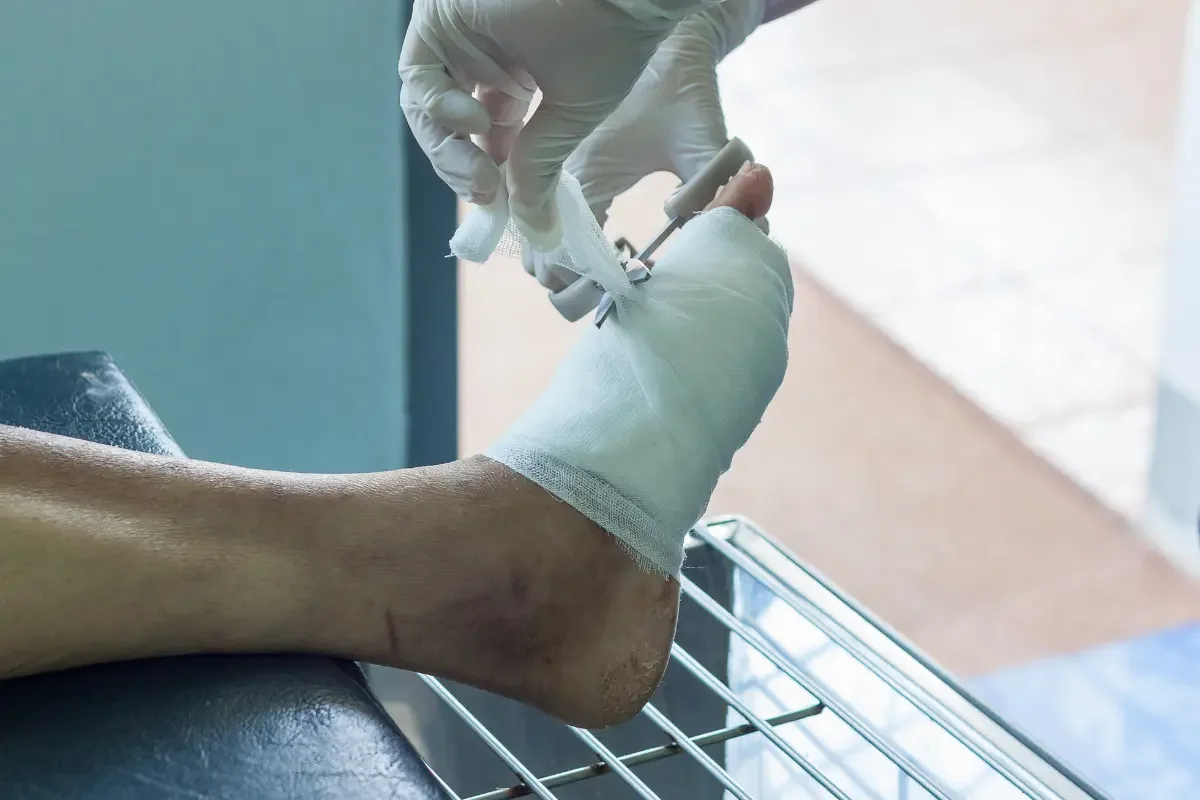Identifying a Broken Pinky Toe
Recognizing Symptoms
Experiencing sudden pain in your pinky toe can be alarming. Common signs of a broken pinky toe include:
Sharp Pain: Intense, persistent pain following an injury.
Swelling and Bruising: Noticeable swelling or discoloration around the toe.
Deformity: A visible crooked appearance or misalignment of the toe.
Assessing Mobility
Gently moving your pinky toe can help assess the injury. If movement causes severe pain or if the toe is immobile, you may have a fracture.
Initial Care Steps
If you suspect a broken pinky toe, follow these initial care steps:
Rest and Elevation: Keep your foot elevated to reduce swelling.
Ice Application: Apply ice wrapped in a cloth for 15-20 minutes to minimize pain and swelling.
Buddy Taping: Tape the injured pinky toe to the adjacent toe for temporary stabilization.
Seeking Professional Help
It’s crucial to consult a healthcare provider for a proper diagnosis. An X-ray may be required to confirm the fracture and determine the best treatment plan. Following medical advice is essential for effective healing.
The Healing Process
Understanding Healing Time
Healing from a broken pinky toe typically takes 4-6 weeks. Severe fractures may require longer recovery periods and additional treatments, such as casting or surgery.
Importance of Immobilization
Keeping the foot immobilized is vital for recovery. Proper immobilization helps maintain alignment, preventing complications like nonunion or malunion.
Choosing Supportive Footwear
Wearing appropriate footwear during recovery is essential. A stiff-soled shoe or walking boot can provide necessary support. Transitioning to roomier, supportive shoes after a few weeks can promote comfort and healing.
Rehabilitation Strategies
Rehabilitation exercises, guided by a physical therapist, can aid in restoring strength and flexibility. Gradually increasing activity levels while monitoring for pain ensures a safe return to normal mobility.
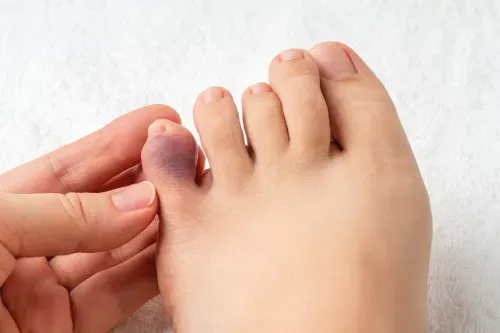
Addressing Complications
Risks of Ignoring a Broken Pinky Toe
Failing to seek treatment for a broken pinky toe can lead to complications, including chronic pain, arthritis, and nerve damage. Misalignment may cause visible deformities, impacting your ability to wear shoes and maintain balance.
Identifying Signs of Complications
Be vigilant for symptoms that may indicate complications, such as:
Persistent pain or swelling
Open wounds near the injury
Changes in skin color
If you experience any of these symptoms, consult a podiatrist immediately.
Non-Surgical Treatment Options
Many broken pinky toes can be treated without surgery. Common non-surgical interventions include:
Pain Relief: Over-the-counter medications can help manage discomfort.
Buddy Taping: For minor fractures, buddy taping provides stability.
Custom Orthotics: Custom devices may aid in recovery and alleviate discomfort.
Understanding Surgical Interventions
When Surgery is Necessary
Surgical intervention may be needed if the toe fails to heal correctly or if multiple fractures jeopardize stability. Common surgical procedures include open reduction and internal fixation to realign and secure the bones.
Post-Surgery Care
After surgery, follow-up care is crucial. Recovery may last 6-8 weeks, with periodic X-rays to monitor healing. Avoid physical activity until cleared by your healthcare provider, and elevate the foot to reduce swelling.
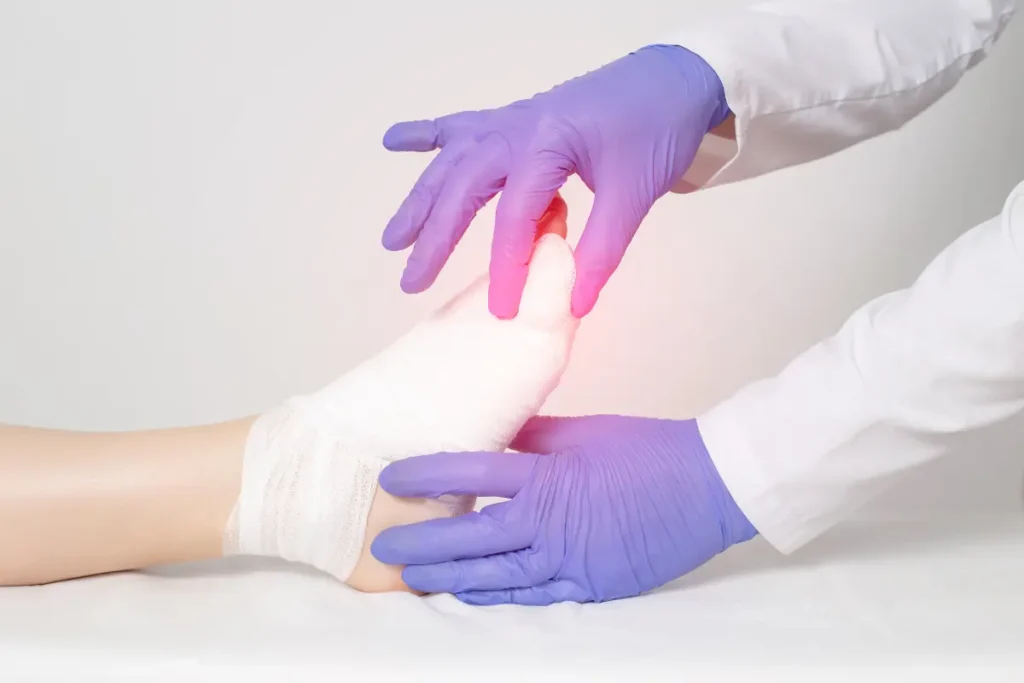
Common Questions About Broken Pinky Toe
Is it OK to walk on a fractured pinky toe?
It is not okay to walk on a fractured pinky toe. Rest your foot, limit walking, and use ice to reduce swelling until the bones heal.
Can you still walk if you lose your pinky toe?
Yes, you can still walk if you lose your pinky toe. The pinky toe bears the least amount of body weight and has minimal impact on maintaining balance, so its loss will hardly affect walking ability.
How do you know if the pinky toe is broken?
If you experience a snapping, grinding, or popping noise at the time of the injury, along with pain, crooked appearance, bruising, and swelling, it’s likely your pinky toe is broken. Take these symptoms seriously and seek medical attention if you suspect a fracture.
How long does it take for a broken pinky toe to heal?
A broken pinky toe generally takes 4-6 weeks to heal, depending on the severity of the injury. How do I manage pain from a broken pinky toe?
How do I manage pain from a broken pinky toe?
To manage the pain from a broken pinky toe, consider using over-the-counter pain relief medications like ibuprofen or naproxen after consulting with a healthcare provider, especially if you have certain health conditions.

